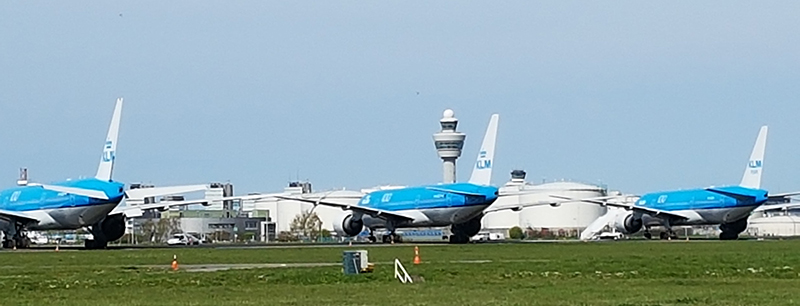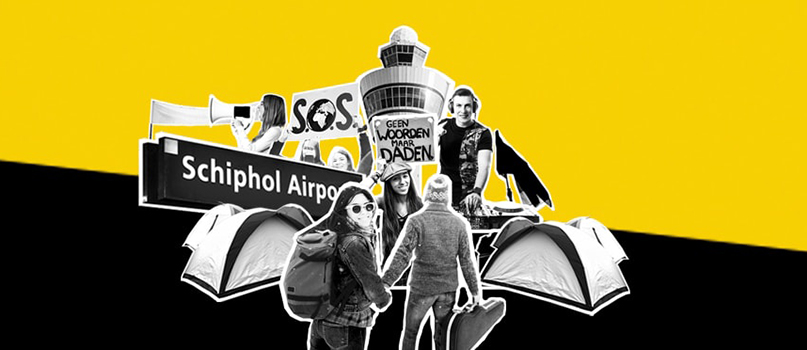
The Dutch government wants to prevent home carrier KLM from going down due to the corona crisis. The transfer network at Schiphol must be saved in order to keep essential economic centers in the world accessible to top sectors in the Netherlands. At the same time, the Cabinet believes that sustainability and the environment must improve considerably.
The Working Group Future Aviation and the citizens in the Environmental Council Schiphol found a way to combine those principles. A smaller transfer network can still fulfill its essential economic function with smart selectivity, say Hans Buurma and Matt Poelmans on the basis of research.
The desired economic accessibility appears to be provided by only 70% of the hub network. Schiphol’s transfer function remains useful, but without the unnecessary flights. Selectivity is required. Under a new cap of 400,000 aircraft movements (now it’s 500,000 with a governmental wish to grow) Schiphol can also handle cargo flights and holiday flights.
The well-known cheap city flights and air traffic to destinations that offer no extra accessibility for the Netherlands are unnecessary. It is pointless to spend state aid to KLM and the recovery of Schiphol on unnecessary air traffic. Schiphol can thus become a slightly smaller, but high-quality transfer port. KLM can limit downsizing by conquering a larger share of the restored transfer network.
International public transport (IPT)
The government’s aim for good international accessibility, sustainability and quality of life requires a government role that resembles the direction of provinces and large cities in their public transport. This concerns international public transport (IPT). The government should determine which current and new international destinations meet those goals and which reduction requirements are imposed on transport companies. Tax measures are also needed to discourage unnecessary flights and to create a level playing field for rail and air transport. State aid is good, but even after that, the government remains intensively involved in the restructuring and sustainability of the aviation sector.
The cap of 400,000 flights can stay on for years
Passenger traffic to and from the Netherlands (business and moderate tourism) can increase by 2% every year until 2050 without additional air traffic if the number of switchers does not grow, but decreases accordingly. The cap can be lowered if short flights are taken over by the train, but sometimes has to be raised if new economic destinations are needed in regions that have become essential to the Netherlands. On balance, international public air transport can continue to develop with the same traffic volume for years to come.
The same accessibility with IPT, but much better sustainability and quality of life
With the lower cap at Schiphol, a CO2 reduction in accordance with the Paris Agreement and a significant nuisance reduction will be within reach. A nature permit for nitrogen emissions will also pose few problems. The growth plans from 2019 will not yield more accessibility than IOV, but they make these urgently needed improvements completely impossible. This is a good reason for the government to focus the restructuring plan on IPT and to include IPT as a sustainable long-term solution after its own research in the aviation memorandum 2020-2050.
Of course this statement is not exclusively applicable for Schiphol and KLM: try to apply is for your own airport and home carrier.





